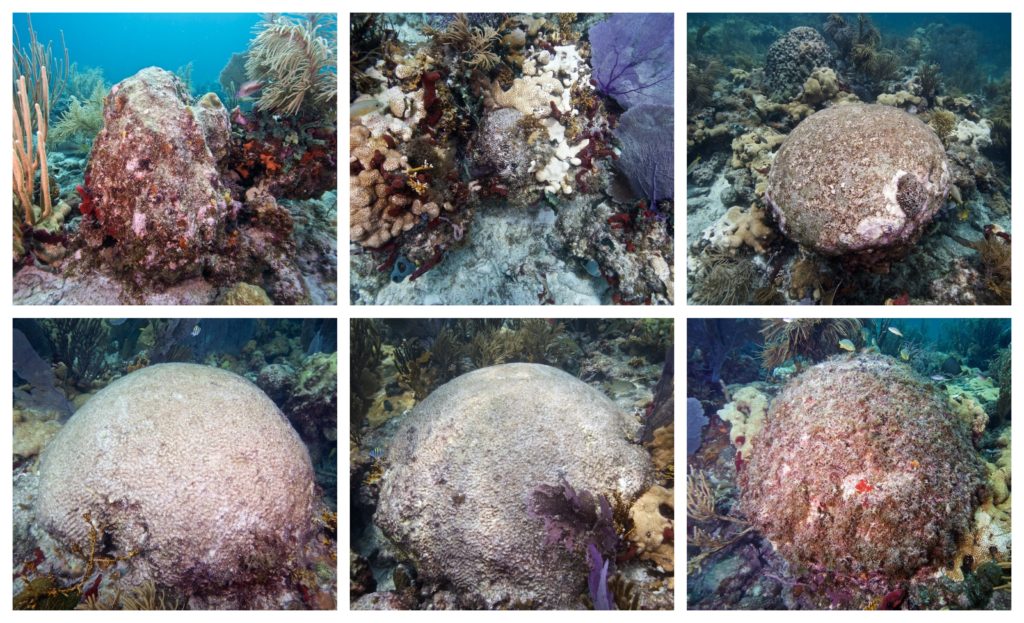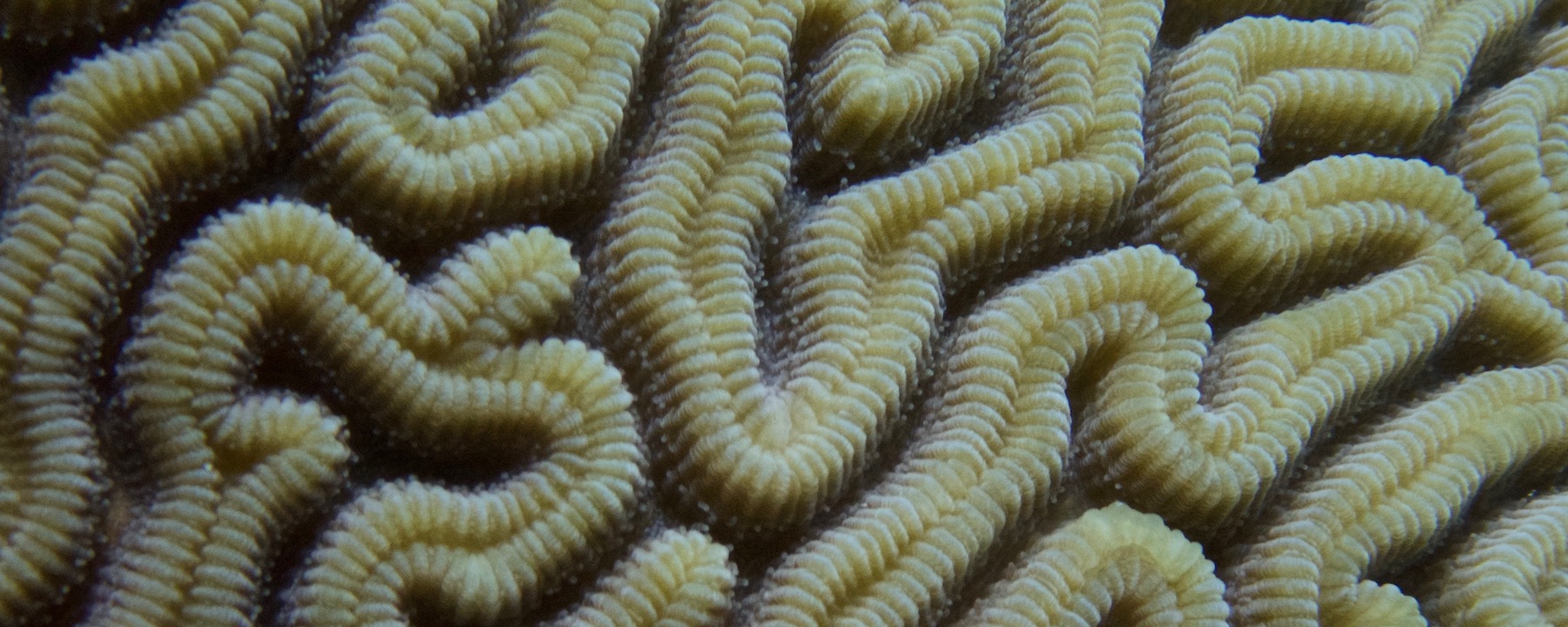Stony Coral Tissue Loss Disease – the end of Caribbean reefs?
Stony Coral Tissue Loss Disease (SCTLD) is the most devastating disease to hit stony corals in our lifetime. Most coral diseases flare up and die out within a year’s time but SCTLD has been raging in the Tropical West Atlantic & Caribbean for 5 years with no sign of slowing down.
It’s not here on Bonaire yet but scientists and marine biologists are saying it’s a matter of when it will get here, not if …
SCTLD first appeared in Florida in 2014 and quickly spread through the majority of the reef tract leaving devastation in its wake. Over the 3 years we lived there we watched sites we loved go from vibrant to dead. Our last dives in the Keys were nothing short of heartbreaking. I was too sad to photograph the state of the reef but in hindsight I wish I had. Thankfully my good friends Carlos & Allison did, a sample of their findings are below. Every infected coral is dead.

SCTLD Fast Facts:
- The cause of the disease is still unknown although it’s suspected to be a bacteria. The mode of spreading is also unknown since the disease is not breaking out in line with current flows.
- Areas with poor water quality or disturbing events such as the major hurricanes of recent years seem to increase the likelihood of an outbreak.
- Over 20 coral species are impacted including star, brain, flower, and pillar.
- The disease mortality rate is extremely high killing 66%-100% of infected corals sometimes in a matter of days to weeks. That’s an unprecedented rate among coral diseases to date.
- In addition to Florida, SCTLD has been confirmed in Jamaica, the Mexican Caribbean, St. Maarten, the USVI and the Dominican Republic.
- It’s thought that direct contact could contribute to spreading. Cozumel has recently closed some infected reefs to recreational activities in the hopes it will slow the spread.
- SCTLD appears as blotchy lesions on the coral. These lesions quickly overtake the entire colony.
- For more info, check out this short film from PBS.
What about Bonaire?
SCTLD is not on Bonaire yet. I look for signs of it on every single dive. Bonaire’s reefs are gorgeous & full of healthy stony corals. It’s one of the things I love most about diving here. I hope that we’ll somehow be spared of this disease. We have a few things working in our favor; our water quality is high and since we’re outside the hurricane belt we don’t get those huge storms that likely contributed to outbreaks in other places.

What can you do to help?
There are a few things everyday divers can do to help:
- If you see SCTLD on your dives, report it! Note the site name, depth, and approximate directions to the coral in question. If you have a camera take a photo, then report it here.
- If you’ve been diving in an infected area, disinfect your gear. You can find the protocols here.
- Always practice good buoyancy and avoid contact with the reef.
Scientists and marine biologists are doing everything possible to identify the cause and develop solutions to stop the spread to other areas and even on individual coral colonies. It’s a race against time and I’m just hoping they’ll be fast enough to spare what’s left.
Until next time…
